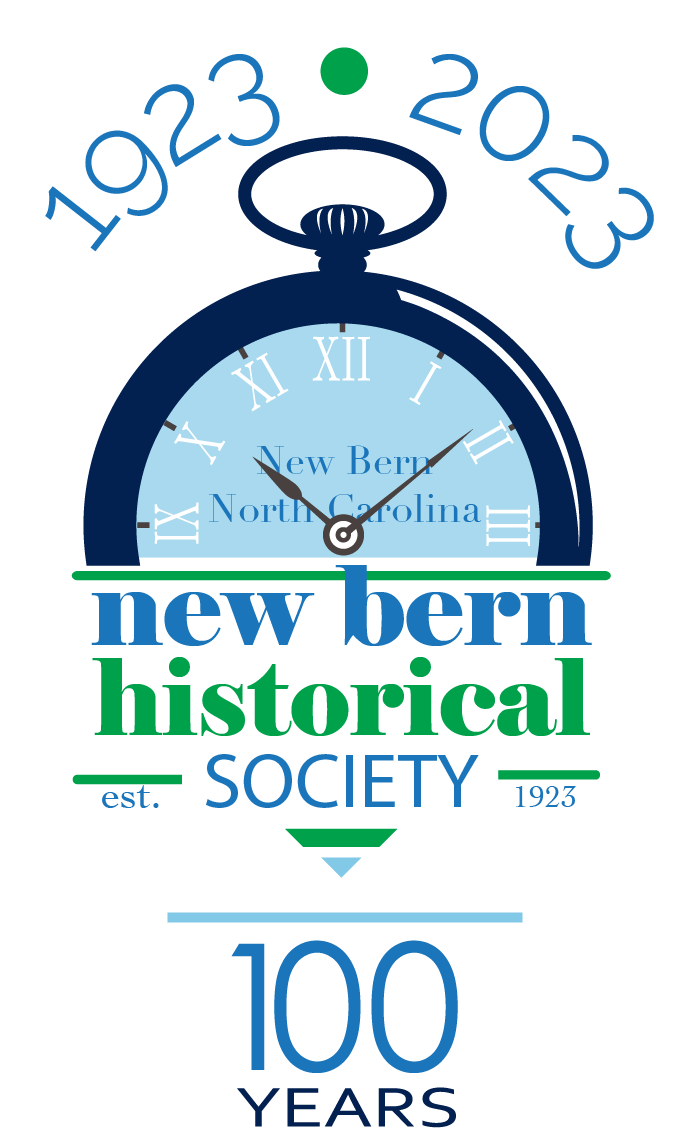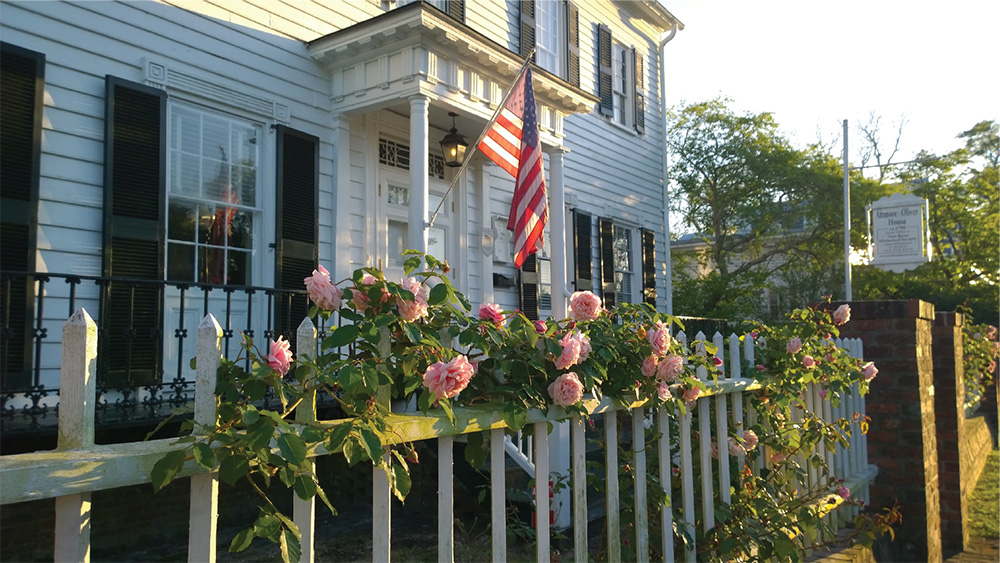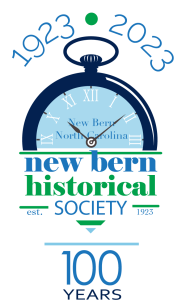A Grand House Finds A Home
by Claudia Houston, Historian, New Bern Historical Society
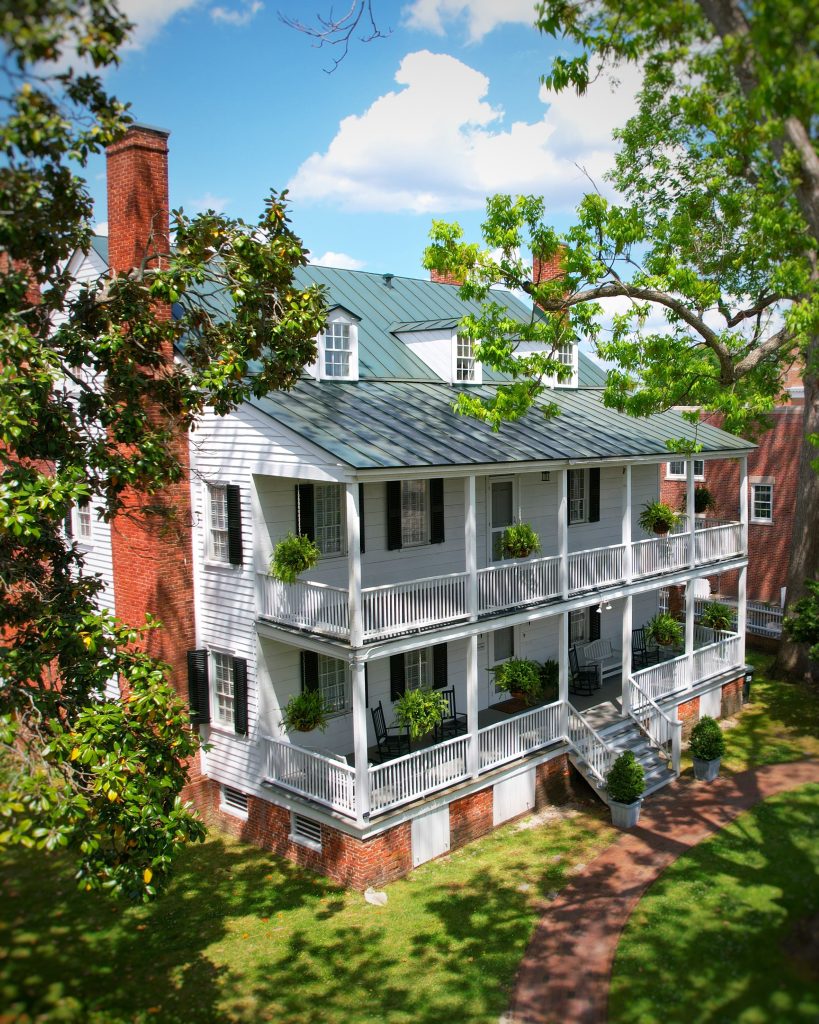
The Historical Society’s 100th Anniversary celebration continues and with it comes an opportunity to reflect upon our long history as an organization. The Society had a rousing start, but due to the Depression and two world wars, it remained inactive from 1942 until the early 1950’s. If there were any meetings, no formal records of them survived. Longtime Society Historian Richard K. Lore wrote an article in the New Bern Historical Journal celebrating our 75 years of history. After this period of general malaise, Lore described the next era as the “go go fifties”, and indeed they were. In 1953 Dwight D. Eisenhower was President and the Korean War had ended. There was a new outlook and a sense not only in the nation, but locally as well, that prosperity was just around the corner.
In New Bern, several Society members continued to lead the charge to rebuild Tryon Palace. While many were opposed to this reconstruction, particularly those who owned property where the Palace was to be built, there was a general excitement over the prospect of this building once again gracing the city and developing into a major historical center.
In the midst of all this, in November 1953, John R. Taylor was elected President of the Society. There were 63 members at the time, and the treasurer’s report showed a meager $89.64 in assets. But Taylor had a vision! With few people and even fewer assets, he found a way to energize an effort to purchase the Attmore-Oliver House on Broad Street to become the Historical Society headquarters.
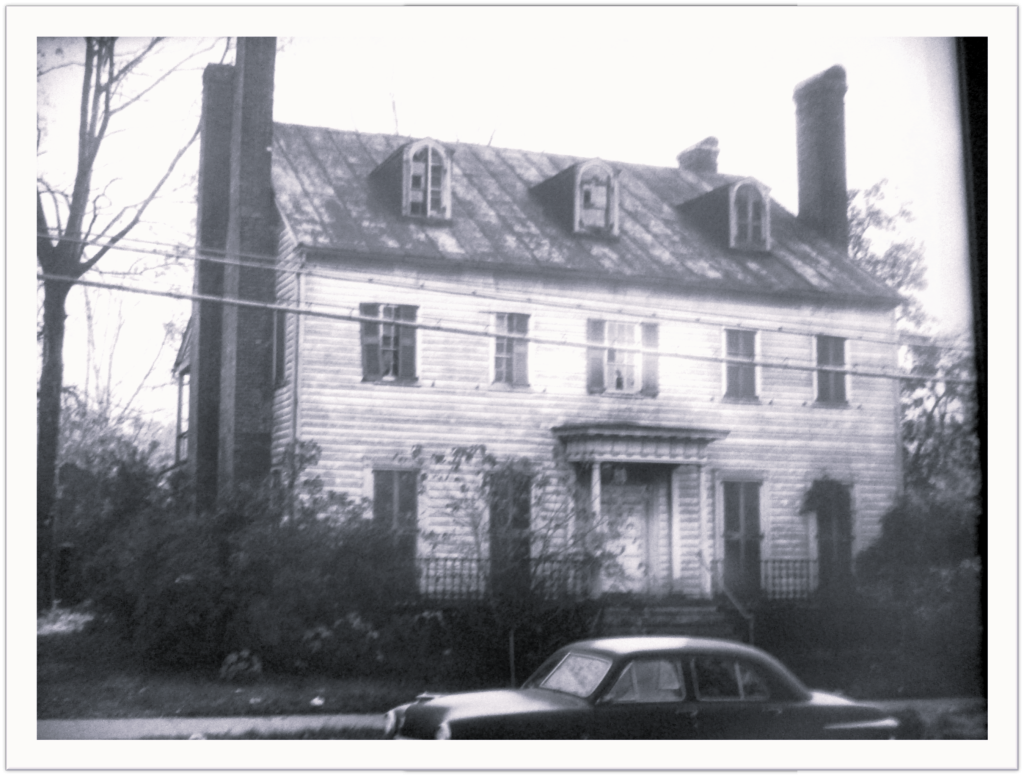
The Attmore-Oliver House was a grand old house that had fallen into disrepair by the early 1950’s. It had originally been built by Samuel Chapman in 1790 as a story and a half frame building. The house eventually passed to Chapman’s daughter, Caroline Eliza. She and her husband sold the house in 1834 to Isaac Taylor, a prominent local businessman who owned a large plantation “Glenburnie” (and is the great-great-great grandfather of musicians James and Livingston Taylor). Taylor then lived on Craven Street in what is still today known as the Isaac Taylor House.
Taylor purchased and renovated the Broad Street house for his daughter, Mary Taylor, who married George Sitgreaves Attmore. They enlarged the house to accommodate their seven children. Although Mary sadly died at a young age, the family continued to reside in the home. Upon her husband George's death, the Broad Street home was left to their daughter, Hannah Taylor Attmore. She and her husband William Oliver had a family of eight although three children died in infancy. They vacated the house during the Civil War, with William and three of Hannah’s brothers fighting for the Confederacy. Two of the brothers were killed but eventually the family returned home to New Bern. After Hannah and William passed, the house was left to their unmarried daughter, Mary Taylor Oliver, affectionately known today as "Miss Mary."
Upon Miss Mary's death in 1951, the house was left to her five nephews, none of whom lived in New Bern. Enter the New Bern Historical Society President John R. Taylor. Though the once proud home was in severe disrepair, Taylor thought that it had great potential for a permanent home for the Society. He and John Guion Dunn drove to Fayetteville to meet with the family and after negotiations, the family agreed to sell the house and property for a reduced sum of $30,000.

Given the sad state of their budget, the Society had to come up with an aggressive plan to support this major expenditure. Several meetings were held, and the minutes record a seven-member finance committee. There were also listed twenty-nine people with the title of “Solicitor.” Whatever they did, the money began to flow into the coffers of the NBHS treasury. From a lowly bank balance of less than $90 in June 1953, less than six months later the Treasury had grown to $9,000. By the next month, this amount grew to $15,000. By the spring of 1954 one half of the purchase price of the house, $15,000, was paid in cash!
The house needed significant work, and the same Solicitors were sent out again to obtain donations for restoration and furnishings. Several businesses contributed not only money but building supplies, paint, and furniture. Many locals got into the spirit of resurrecting this old house and they succeeded beyond expectations. In less than 10 years the Society raised more than $65,000 to purchase, restore and furnish the Attmore-Oliver House -- a huge sum for a recently resurrected nonprofit in a small town in the fifties. On March 20, 1963, at a meeting at the Governor Tryon Hotel, the mortgage on the Attmore-Oliver House was burned. President John R. Taylor’s leadership galvanized the Society and the townspeople to achieve this goal - an enormous accomplishment for New Bernians of that era.
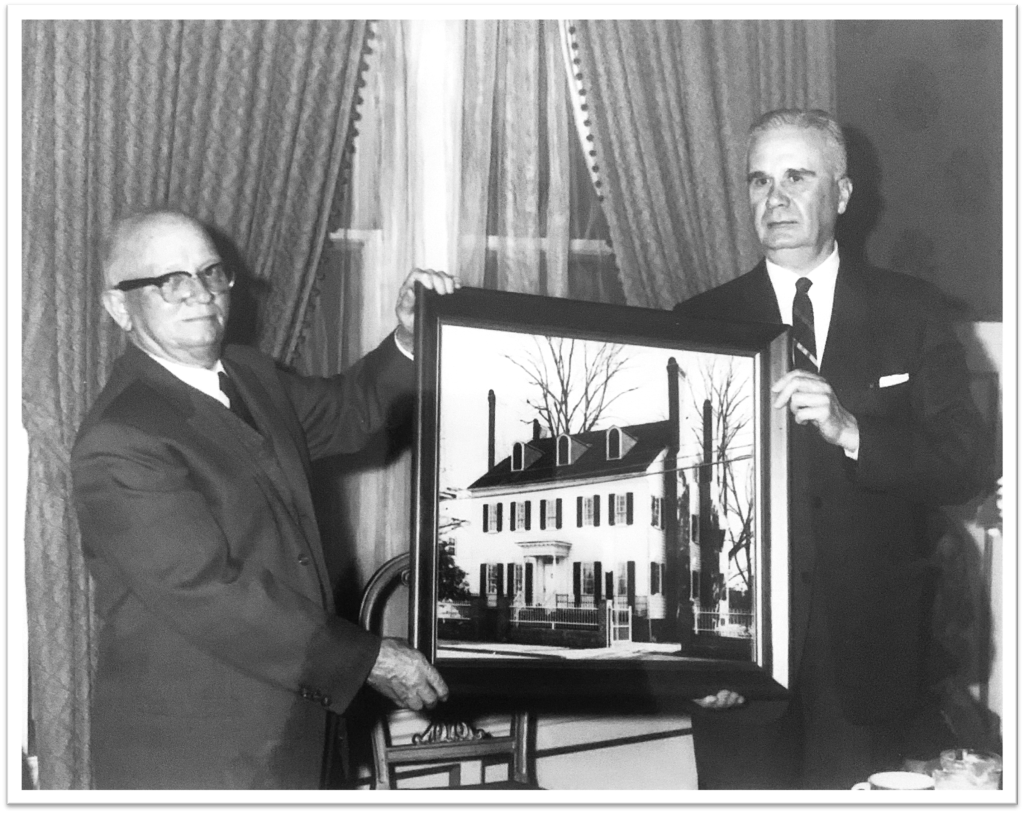
This was just the beginning of a resurgence of energy and commitment on the part of the Historical Society. Preservation has always been at the heart of what we do. Recognizing that the preservation mission was important enough to justify a separate organization devoted solely to rescuing old houses and buildings threatened with destruction, in 1972 the New Bern Preservation Foundation, was formed from within the Historical Society's ranks.
The Attmore-Oliver House was maintained as a house museum for many years, complete with docents and tours. Historical Society administrative offices were then in the Frederick C. Roberts House, also on our campus, but in 2012, that function was moved into the Attmore-Oliver house. While there are still artifacts and photos for viewing, house tours are now by appointment only.
We continue to appreciate the history of this old home, commonly known today as the AO House. Our current Historical Society Curator, Jim Hodges - the grandson of President John R. Taylor - greets Miss Mary every morning when he comes in. We think she is appreciative of the care we have given to her family home.
For more stories like this from New Bern’s past, we hope that you will visit the Duffy Gallery at the North Carolina History Center to see our free centennial exhibit, “Through the Looking Glass, A Journey with the Storytellers.”
